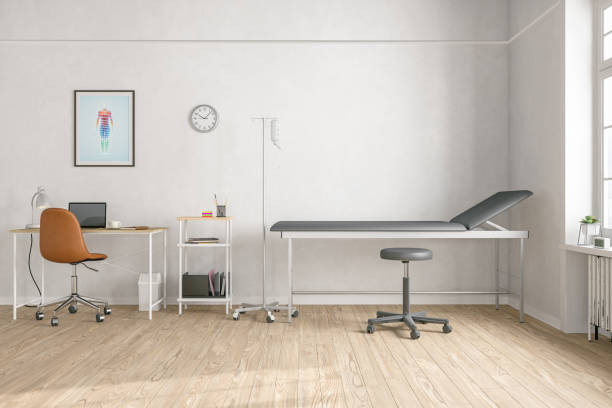In an era dominated by constant noise and perpetual connectivity, the quest for moments of tranquility has become an essential part of well-being. Silent appointment rooms have emerged as a revolutionary concept, providing a sanctuary for individuals seeking respite from the clamor of daily life. In this article, we will explore the significance of silent appointment room, their impact on mental health, and how they are transforming the way we approach personal and professional spaces.
The Silent Oasis:
A silent appointment room is more than just a physical space; it is a haven designed to offer individuals a break from the sensory overload of the outside world. Whether waiting for an appointment, seeking a quiet space for reflection, or looking for a focused work environment, this concept redefines traditional notions of waiting rooms or lounges.
Key Elements of a Silent Appointment Room:
Comfortable and Ergonomic Furnishings:
The foundation of a silent appointment room is laid with comfortable seating. Plush chairs, ergonomic designs, and soft furnishings create an environment that invites relaxation and ease.
Harmonious Design Aesthetics:
Thoughtful design elements contribute to a calming ambiance. Neutral colors, natural materials, and minimalist decor cultivate an atmosphere of serenity, allowing individuals to unwind mentally.
Strategic Soundproofing:
A hallmark of silent appointment rooms is their ability to block out external noise. Soundproofing techniques, including acoustic panels, insulated walls, and noise-absorbing materials, ensure an oasis of tranquility.
Mindful Lighting Choices:
Lighting plays a crucial role in setting the mood. Soft, warm lighting or even natural light sources create an inviting atmosphere, promoting relaxation and focus.
Optional Amenities for Personalization:
Recognizing individual preferences, silent appointment rooms may offer optional amenities. From soothing background music or nature sounds to essential oil diffusers, these additions cater to varied preferences for a personalized experience.
The Impact on Mental Well-being:
Stress Reduction:
Silent appointment rooms provide a retreat from the stressors of daily life. Individuals can escape to these havens, allowing stress levels to decrease and a sense of calmness to prevail.
Enhanced Concentration and Productivity:
In a world filled with distractions, the silent environment fosters heightened concentration. Whether preparing for a meeting, focusing on work tasks, or simply finding a moment of clarity, individuals experience enhanced productivity.
Encouraging Mindful Moments:
The intentional design of silent appointment rooms encourages individuals to practice mindfulness. The absence of noise invites a focus on the present moment, fostering a sense of awareness and mental presence.
Improved Waiting Experiences:
For individuals awaiting appointments, the silent appointment room transforms the waiting experience. Rather than being a period of restlessness, it becomes an opportunity for relaxation and mental preparation.
Conclusion:
Silent appointment rooms represent a profound shift in our approach to creating spaces that prioritize mental well-being. As these tranquil sanctuaries become integral in various settings—from healthcare facilities to corporate offices—there is a growing recognition that moments of silence are not just a luxury but a necessity. By embracing the concept of silent appointment rooms, we pave the way for a more mindful and balanced way of living, where moments of tranquility become an essential part of our holistic well-being.


